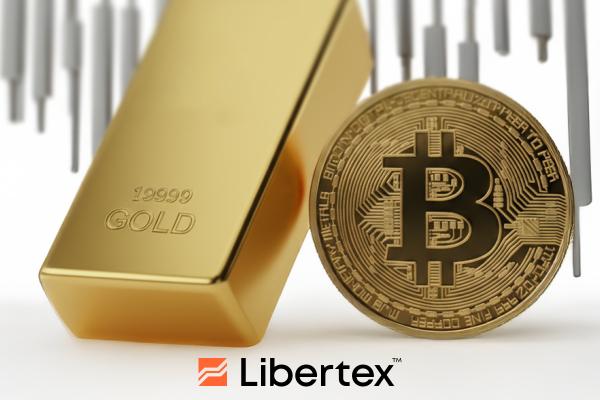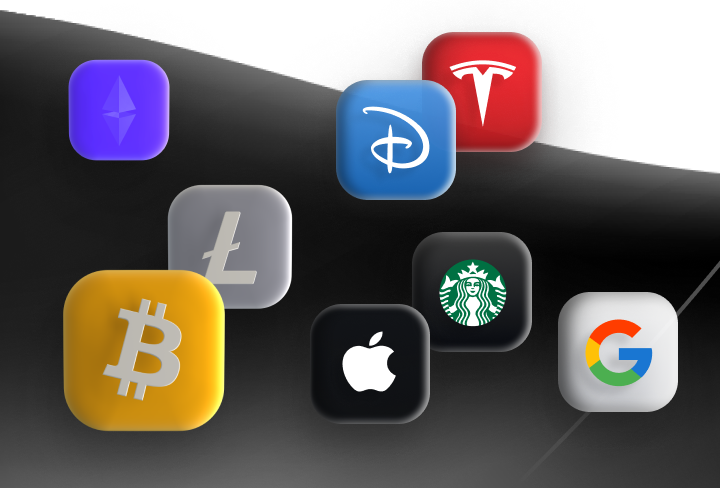Gold has long been hailed as a reliable hedge against inflation and a stable harbour when markets get stormy. Its movements are typically slow, steady and measured annually as opposed to monthly or weekly. However, the yellow metal has had quite an unusual year. It gained over 30% in just six months following Trump's "Liberation Day" tariff tirade to reach an all-time high of $4,380. But then, perhaps even more unexpectedly, it seemed to fall off a cliff the week ending 26 October. It eventually lost 7% in the space of a single day on 21 October to wipe out overnight $2.5 trillion in value. That's Bitcoin's entire market cap. As of the time of writing on 23 October, gold sits at $4087.76, still up a handsome 48% on the year. But after looking unstoppable, gold's mortality has been revealed for all to see, and it could now lose ground to its digital counterpart, Bitcoin, which has been fancying itself as a safe-haven asset for some time now.
Gold's rapid ascent was due to a range of interdependent and extant factors: a weak dollar, global geopolitical and economic uncertainty, and the pivot in central bank monetary policy. The unexpected drop, however, was driven by much shorter-term factors. Bitcoin has been touted by some to pick up the pieces, but as we will see in this article, gold and crypto have never been more closely linked.
Crash investigation
A gold crash is practically an oximoron, given how infrequent they are. The fact that this one was only around 7% and made headlines everywhere should be evidence enough. In fact, Swiss investor Alexander Stahel calculated the frequency of such a sell-off to be once every 240,000 trading sessions. But as with investigating any crash, it's important to first look at the take-off. Gold's rise over the past couple of years has been nothing short of spectacular. The yellow metal's price more than doubled between January 2023 and October 2025 in an unprecedented rally. The past six months in particular have shown all the hallmarks of a speculative bubble, with FOMO driving much of the recent retail purchasing. Then, when prices began to cool off, everyone rushed for the exit at the same time in a bid to secure profits. Nervous short-term holders quickly sold up, too, further deepening the fall. Though probably not especially significant, the coincidental end of the Diwali festival in India, which typically weighs on the physical market, also contributed somewhat to the negative sentiment. It's similarly crucial to note that any market that gains so much more than its average annual gain is always at risk of a correction, and to be fair, given the huge increases in the gold price we've seen over the past year, a decline of 7% is perfectly reasonable and was mirrored by other major assets, not least crypto.
Shifting plates
As we touched upon above, the gold market is not the same as it was even 10 years ago. Though it has always been an inflation hedge to some extent, retail interest in the yellow metal soared when interest rates were near-zero in the post-Great Financial Crisis economic reality. However, with the subsequent rise of Bitcoin, gold's profile evolved once more. Bitcoin's potential as a digital alternative to gold has been touted for years, but only since the introduction of spot ETFs this year has BTC shown the relative stability required to challenge gold as a store of value. Yet, it seems that rather than being a one-way assimilation, Bitcoin has actually ended up shedding some of its volatility onto gold. Interestingly enough, BTC has also lost around 10% of its value over the month of October, currently sitting at $109,994.10.
Meanwhile, the Crypto Fear & Greed Index has plunged to its lowest level since late 2022, revealing underlying anxiety across risk assets despite continued inflows into Bitcoin spot ETFs. It would, therefore, appear that gold and crypto are moving, if not in lockstep, then with extreme correlation. One thing's for sure: the Fed's dovish pivot, which promises to deliver at least two more rate cuts this year, is only going to weaken the dollar further and drive demand for both gold and crypto. Meanwhile, other central banks, the People's Bank of China, in particular, are actively replacing their dollar reserves with gold. The lower price following this recent correction is highly likely to trigger a new buying spree. China has already been actively purchasing for 11 straight months, and its total reserves are now at least 2,264 tonnes. Based on this trend and the strong retail demand we're seeing, veteran analyst Ed Yardeni predicts a price of $5,000 by 2026 and potentially as much as $10,000 by 2028 if the "debasement trade" that favours gold and Bitcoin amid fiat currency inflation and systemic weakness remains as popular as it currently is.
Trade gold and more CFDs with Libertex
With Libertex, you can trade CFDs in a wide variety of assets from stocks, ETFs and indices to crypto, options and, of course, commodities. In addition to gold (XAUUSD) and silver (XAGUSD), Libertex also offers CFDs in a varied range of other commodities. For more information or to create a live trading account of your own, visit www.libertex.org/signup today!






